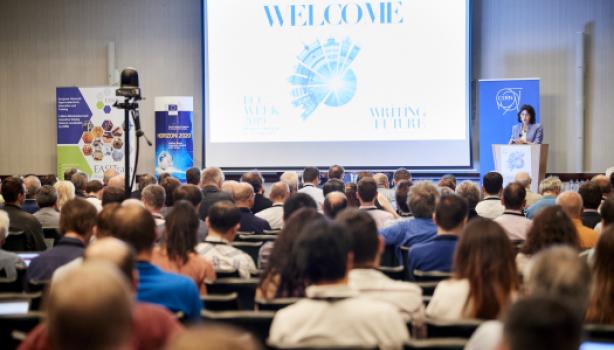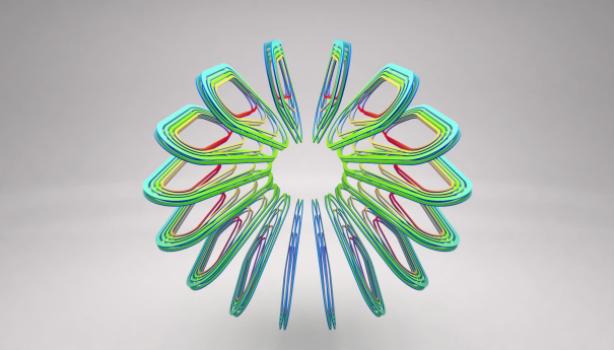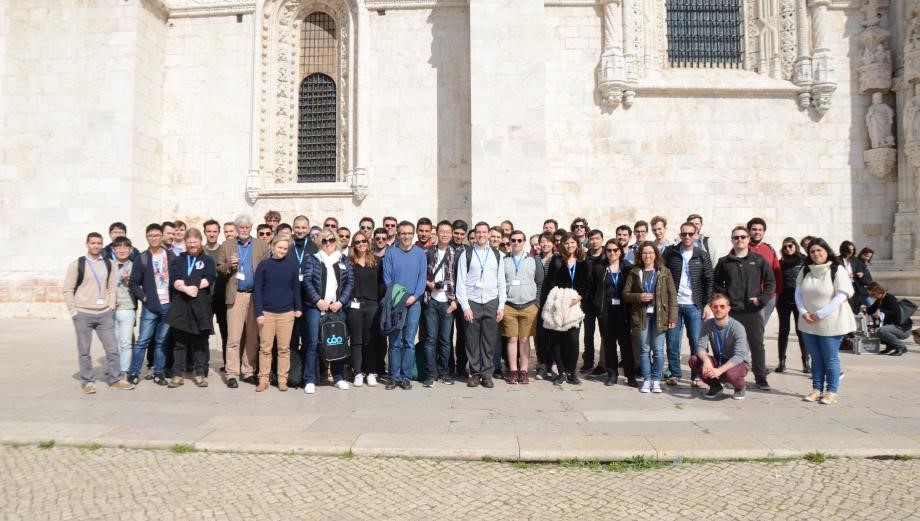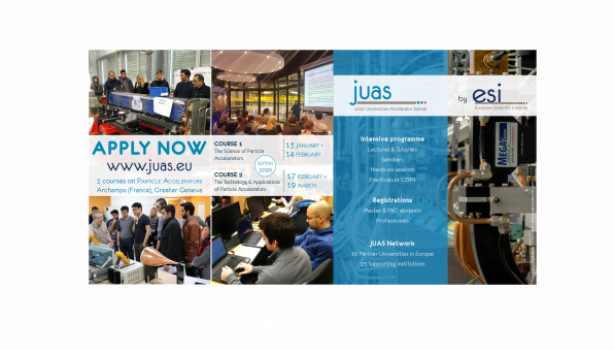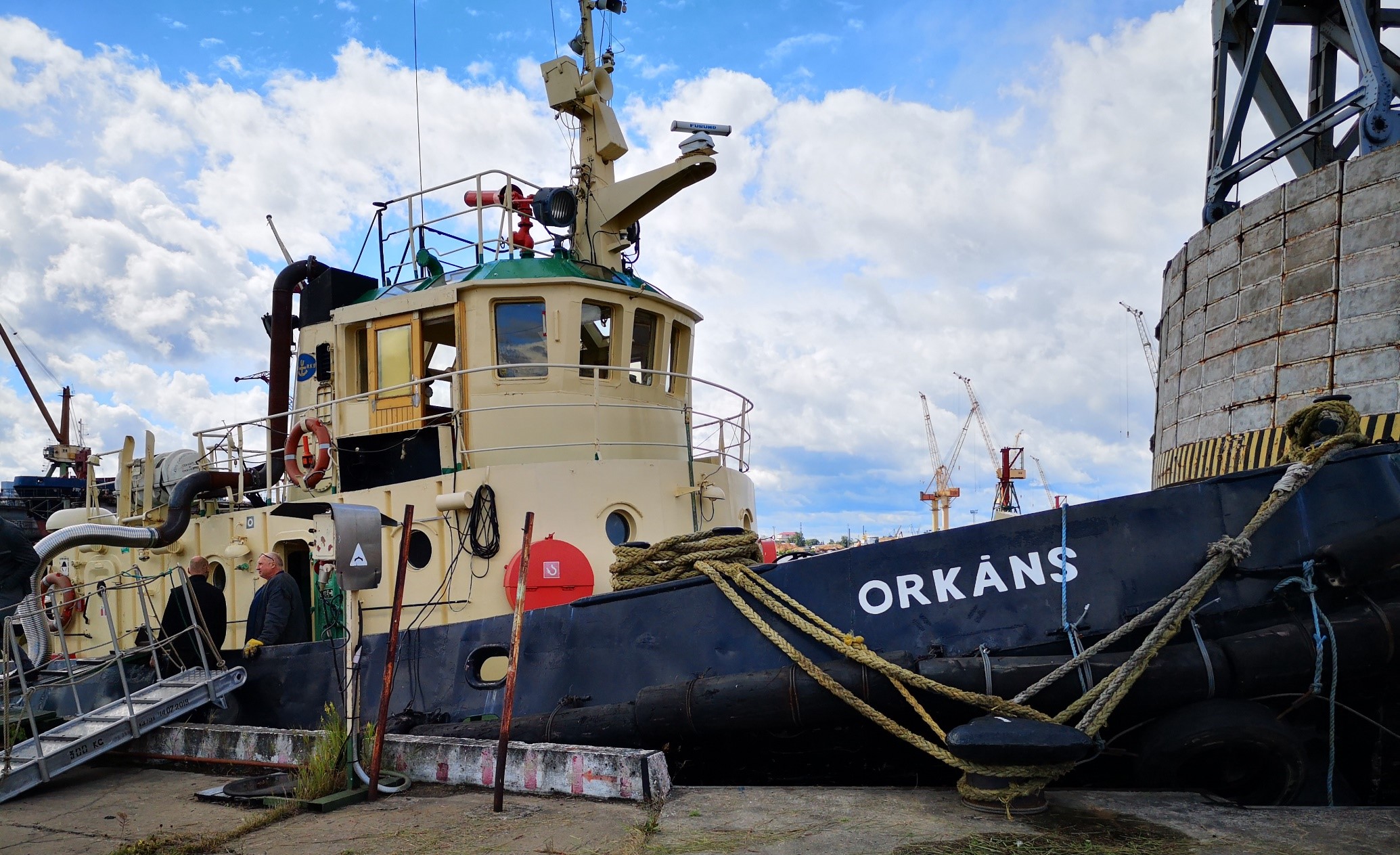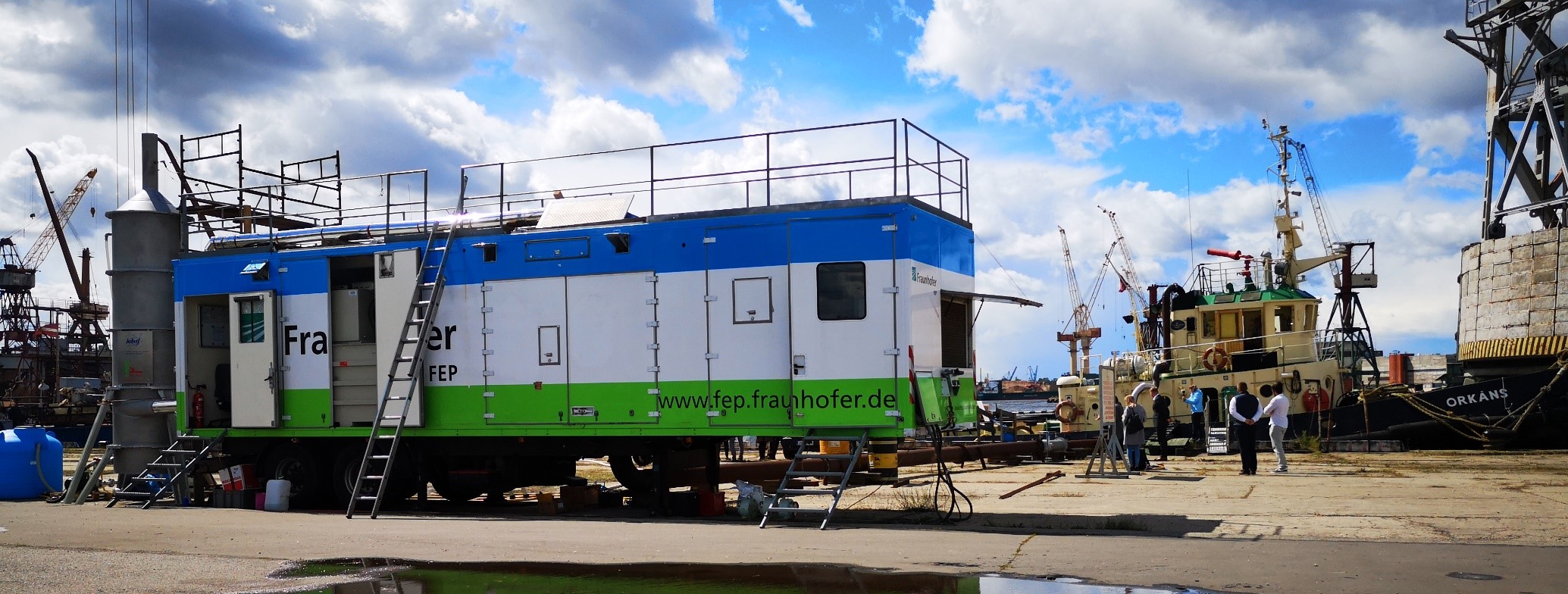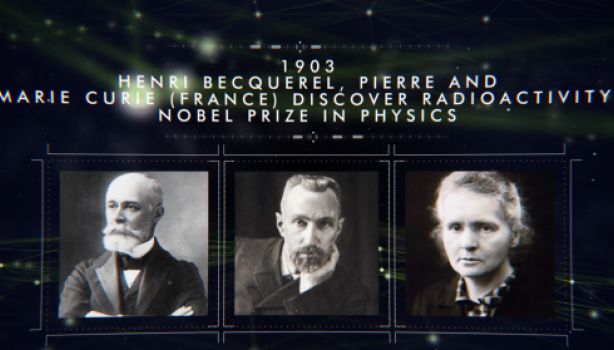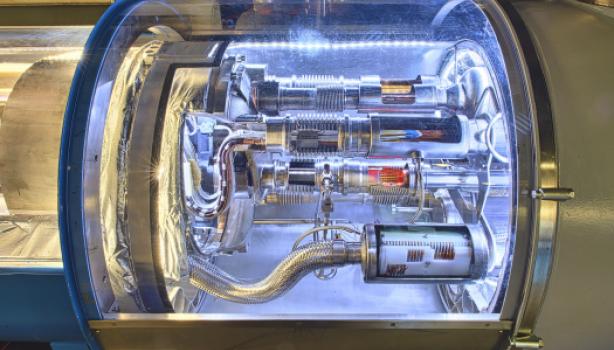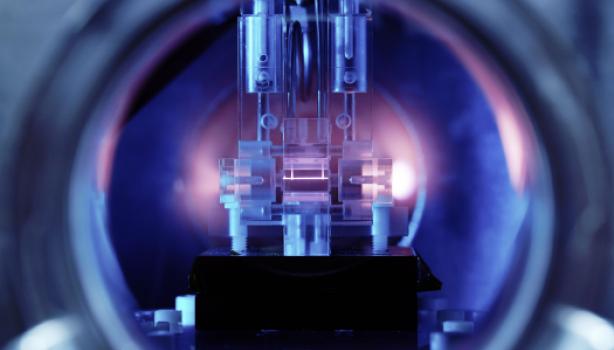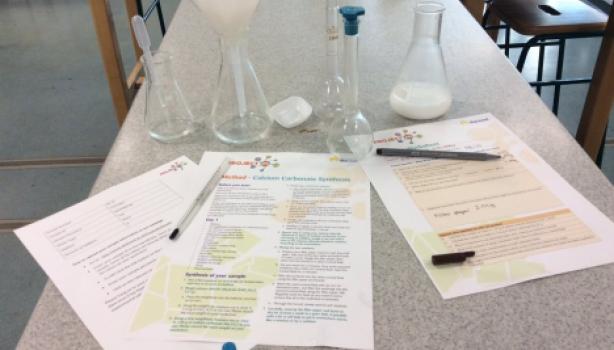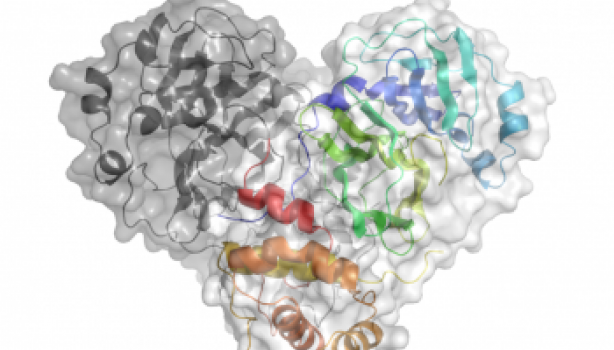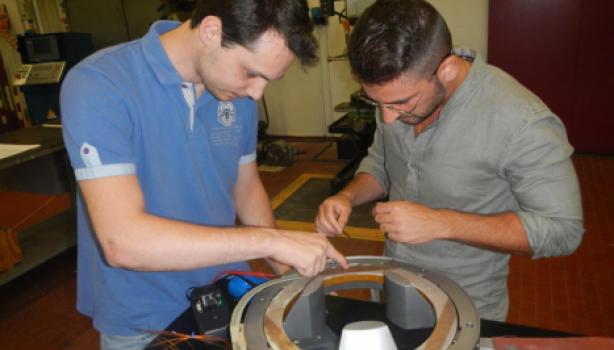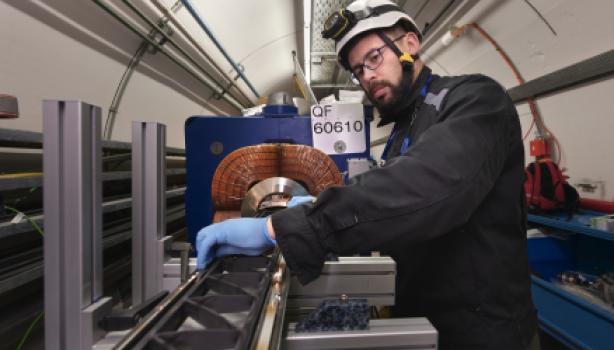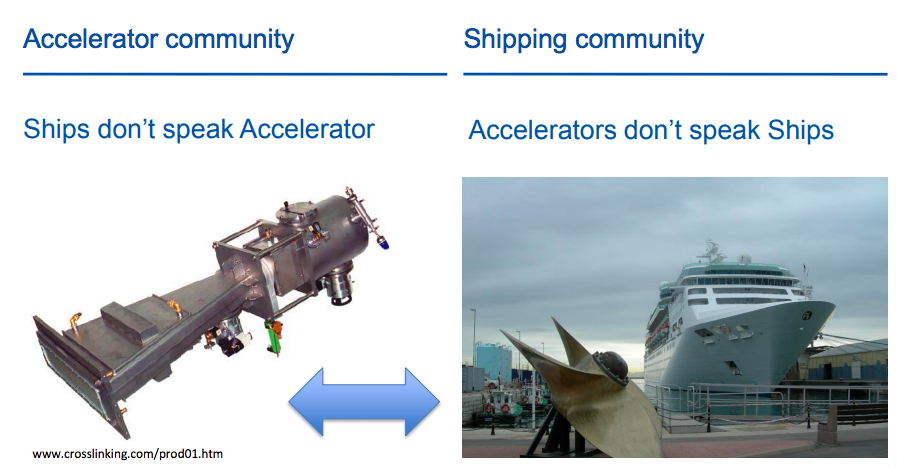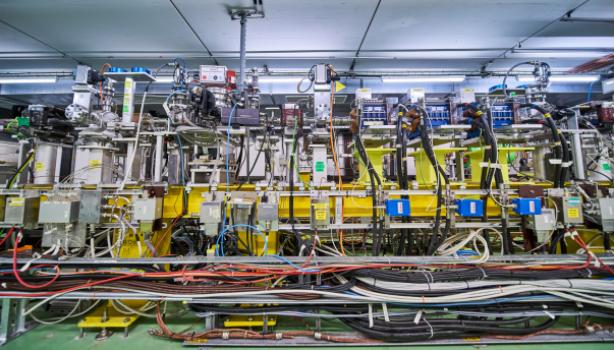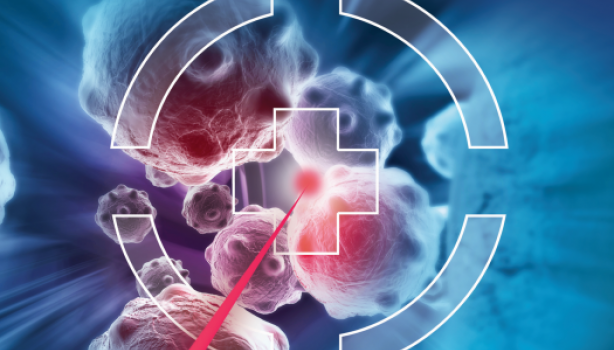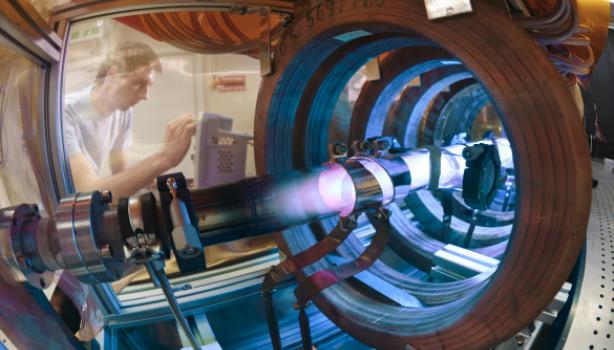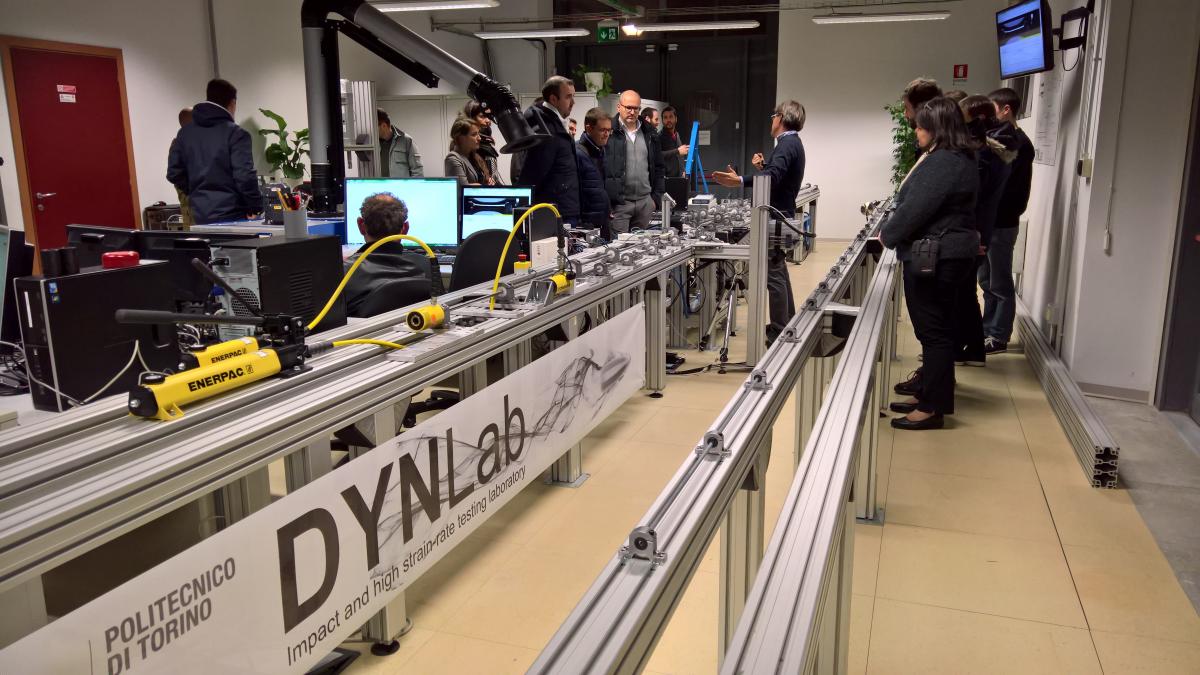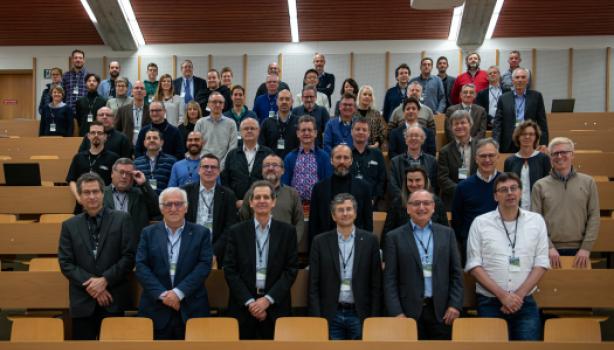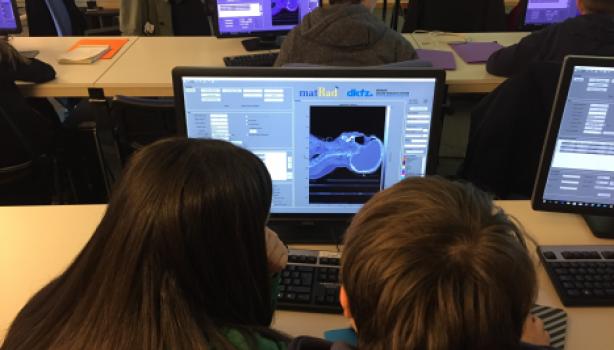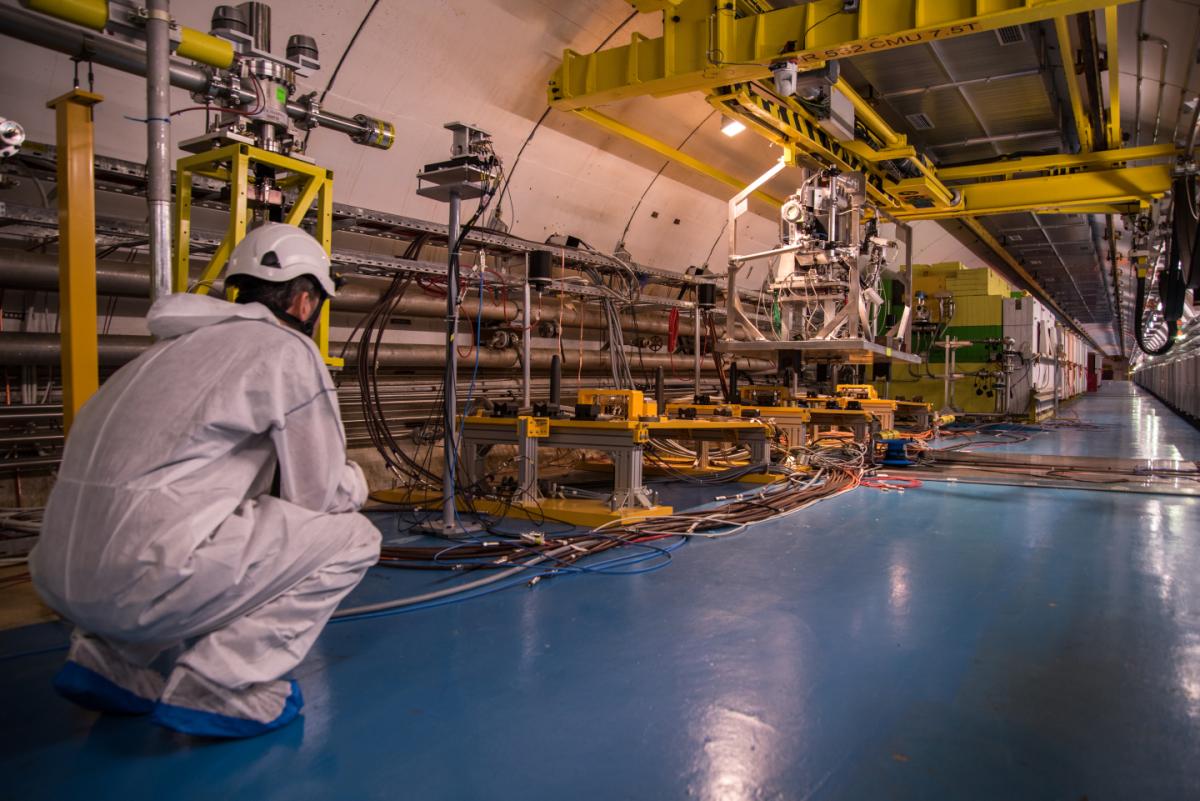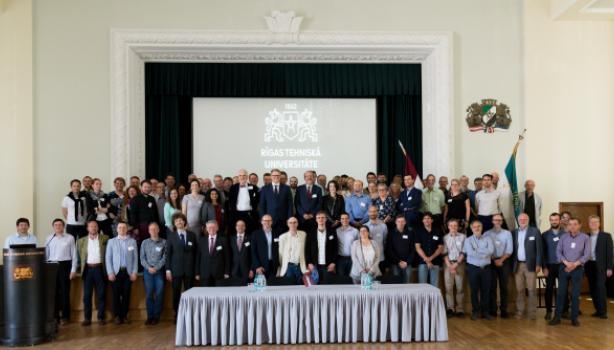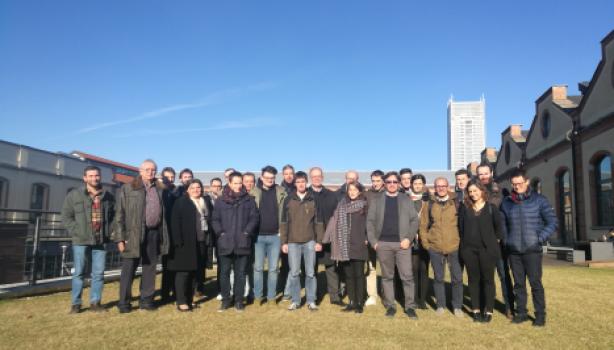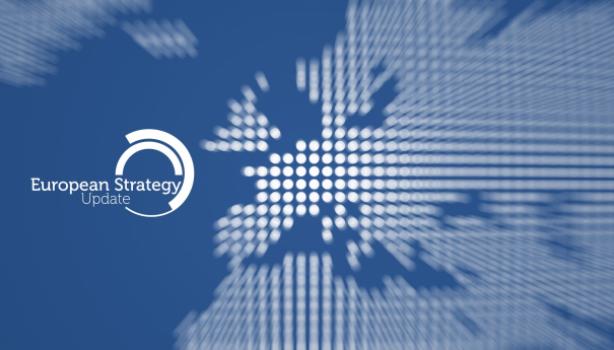The ARIES 2nd Annual Meeting brought 128 of the project’s participants to Budapest to discuss the main accomplishments of the project’s second year. The event’s programme encompassed eight specialised sessions on topics that range between reports from the networks, joint research activities, transnational access and proof-of-concept, the future of European projects on accelerators, with future prospects on medical applications for accelerators bringing the plenary session to a close.
ARIES, a H2020 Integrating Activity with an EC contribution of 10 million euros, is a project coordinated by CERN that aims to improve the performance, accessibility, and sustainability of particle accelerators, while transferring the benefits and applications of its technologies to science and society. The 45 beneficiaries, from 18 countries, bring the necessary expertise from laboratories, universities and industries. They gather yearly for a status update and strategic planning for the upcoming year.
Two workshops preceded and followed the main event, on the topics of Additive Manufacturing and Accelerator Magnets in High Temperature Superconductors (HTS), respectively. These highly targeted and advanced workshops, organised by the Work Package 14 – Promoting Innovation, brought together over one hundred participants to discuss challenges and applications of these technologies.

Maurizio Vretenar, ARIES project coordinator, introducing the workshop Additive Manufacturing and Advanced Technologies for Accelerator Application. (Image: ARIES)
The workshop Additive Manufacturing and Advanced Technologies for Accelerator Application was the first academia-meets-industry event of the project. The workshop’s aim was to bring together researchers from academia, laboratories and industry, providing a platform for a useful exchange of technical information. The day was organized around a series of presentations about the current and future opportunities in additive manufacturing with particular reference to accelerator applications. A final panel discussion focused on the field of materials for superconductors and on commonalities between accelerators technologies and other areas like aerospace and construction engineering.
“Topical meetings among academia and industry experts are key to create vital networks for the commercial feasibility of novel concepts within accelerator science,” explained Marcello Losasso, Knowledge Transfer Office at CERN and member of the organising committee. Almost 50 participants attended and contributed to the discussion during the workshop, in a balanced representation of industry, funding institutions, large research facilities, and universities. Participants and speakers made a positive balance of the day, reporting on the new and interesting contacts they made.
The main event started the following day with the parallel Work Packages meetings at the event’s venue, the Korona Mercure Hotel, where teams had the opportunity to discuss in detail their main achievements and challenges. Tuesday morning allowed for the meeting of the ARIES Ship Exhaust Project, the Sustainability Working Group, and the Governing Board and Steering Committee Meeting. The ARIES plenary sessions took place from Tuesday afternoon through Thursday morning, focusing on highlights from the project’s networks, transnational access and joint research activities, and innovation projects. These highlights include the first tests of materials, parts and systems performed in the context of the Transnational Access programme, updates from projects that received proof-of-concept funding, and a special session on the application of future accelerator technology to medicine.
Networking activities reported developments in topics such as the use of electron beams for sludge treatment; energy efficiency in radiofrequency cavities, in beam acceleration and neutron sources. Other developments include beam tests and commissioning of 4th generation ultra-low emittance rings, advanced diagnostics at accelerators, as well as developments in accelerator performance and concepts, and experimental tests of CLIC damping rings at ALBA. Besides technical developments, the networks also reported on the communication and outreach workshop for communication officers across Europe; the community input to the new European Strategy for Particle Physics; and the development of a MOOC (Massive Open Online Course) directed towards students at the end of their first cycle of higher education.
Proof-of-Concept Fund: supporting the application of novel concepts in accelerator science
Year 2 of the ARIES project saw the start of the projects selected for Proof-of-Concept (PoC) funding.
PoC funding was granted to projects involving the development of a hybrid electron-accelerator system for the treatment of marine diesel exhaust gases (a wide collaboration coordinated by RTU, Riga Technical university); preparing innovative composite materials, with tailored thermo-physical properties (RHP and GSI); testing a novel technology for developing Superconducting Radio Frequency Cavities (CEA and Zanon); and developing an advanced optical imaging system (University of Liverpool and D-Beam).
At this stage, the first tests of the marine diesel treatment system are foreseen during June and July 2019, having previously performed intense consultations, calculations, simulations and drawings of the system designed and partially installed. RHP is currently tackling several challenges related to the physical and electrical properties of diamonds with copper and aluminium. CEA’s work, if proved successful, could dramatically affect the construction and operational cost of large accelerator projects, such as FCC and CLIC. The University of Liverpool expects applications in beam diagnostic for light sources and synchrotrons.
“The four projects funded by ARIES Proof-of-Concept were approved by the Evaluation Committee, according to a well prepared and managed process,” explains Marcello Losasso. “They have been able to mobilize budget amounts 10 times larger than the small PoC funding of fifty thousand euros originally released. All the projects are progressing well and according to the agreed work plan.”
With the goal of triggering other collaborations and promoting innovation through specific actions developed in partnership with industry – such as these projects and collaborations supported by Proof-of-Concept funding – the second academia-industry gathering will be organized in UK in 2020.
Future accelerators for medicine: the medical applications of accelerator science
The talents of accelerators go beyond fundamental research, providing crucial technology for areas such as material sciences, medical imaging and treatment, energy research, and cultural heritage. One of the special sessions in the plenary of the ARIES 2nd Annual Meeting focused on one of this areas and featured a series of presentations on the applications of future accelerator technology in medicine.
Among the highlights from this session are:
- the launching of a new design study for a carbon ion facility, with the South East European International Institute for Sustainable Technologies (SEEIIST) as the main beneficiary;
- the advancements made by the Helmholtz Association on laser plasma proton accelerators for therapy, including the study for pulsed gantry, which has just made the pulsed beam transport operational, its first volumetric irradiation, putting small-animal image-guided radiobiology within reach;
- developments in addressing the challenges, primarily related to their cost/complexity, of superconducting magnets for medical cyclotrons, synchrocyclotrons, and gantries;
- and new electron LINAC therapies and accelerator designs, that might exploit the simple design and high current capability of electron linacs to treat tumours minimising the dose to normal tissue. Some of these approaches use direct treatment with high-energy electrons, such as Very High Energy Electrons (VHEE); or different dose-delivery methods, such as FLASH RT.
After an update from the transnational access programme, the proof-of-concept updates, and the special session on the future of accelerators for medicine, the plenary session ended with a word from the project coordinator Maurizio Vretenar on the topic of a new programme that is just entering the preparation phase, the Innovation Pilot “Innovation in Accelerator Technologies”. The collaborative work reported by the project’s networking activities comes through as especially significant in supporting and building up the community’s proposal.
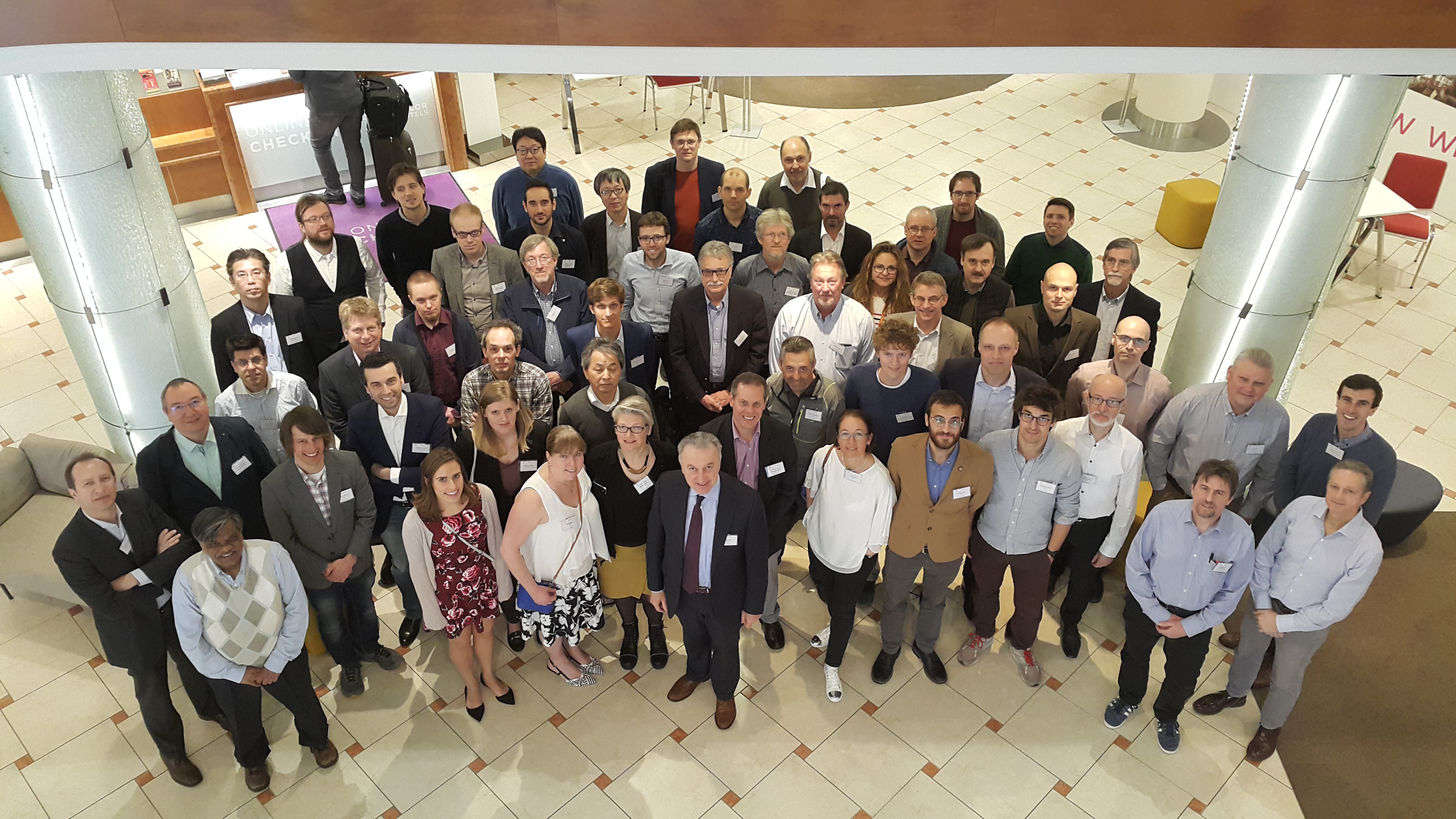
Group photo of participants of the workshop Accelerator Magnets in High Temperature Superconductors (HTS). (Image: ARIES)
The workshop Accelerator Magnets in High Temperature Superconductors (HTS) closed the event, bringing together 66 participants and speakers from various institutes for two days of a highly focused programme on HTS superconductivity. “There is a lot of initiative on HTS in various sectors – fusions, accelerators, laboratory magnets, NMR, energy and power, medical, etc. – but the community is scattered, so the workshop provided a platform for experts to meet and focus in a few critical points of knowledge sharing,” said Lucio Rossi, a member of the workshop’s Organising Committee.
The workshop focused on current redistribution in tapes, cable and coils with a REBCO conductor, quench protection, and NI (non-insulated) coils. On the latter, Lucio Rossi explained: “The “directive” of magnet builders has always been to provide perfectly insulated coils. Crazy as it seems, we have now realised that NI technology might have a chance for application in accelerators, which will make HTS technology much easier to use in future hadron colliders.”
Participants made a positive assessment of the workshop, especially on the highly focused programme and all the time left for discussion across a broad range of expertise. “The unique capability of the high-energy physics community to put together material scientists, magnet designers, magnet engineers, and specialists of various support disciplines was highly appreciated, especially by participants coming from other communities, such as fusion, medical, and industry,” adds Rossi.
Activities will continue in year 3 of ARIES and the community will come together again in April 2020, in Instituto Superior Técnico, Portugal, for the third assessment of the projects’ results and impact.


